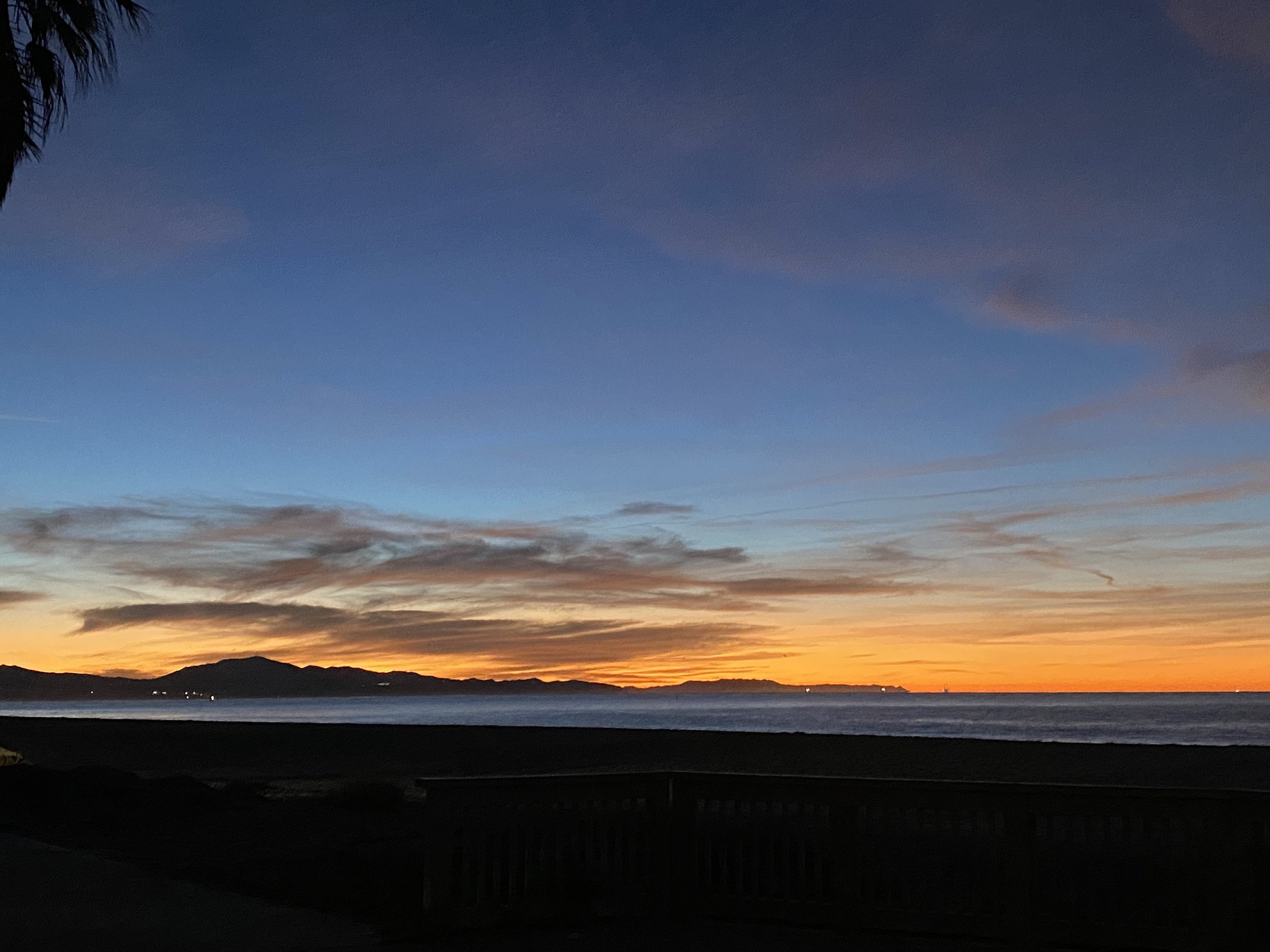
Awakening Curiosity Through Self Inquiry
The Subtle Body
Movement & Stability
Focused Concentration
Sacred Texts
Yoga Therapy
Teacher Trainings, Workshops, Education
In my work as an educator, yoga therapist, and writer, I aspire to cultivate the conditions within my students and my community that inspire focused self-inquiry and the ability to turn toward the complex. I aim to help people recognize an internal wholeness of heart and spirit that is inclusive of all distinct parts, and to move forward into life with curiosity, resilience, and the map of the heartbeat, which expands and contracts, evaporates and condenses, breathes in and out.
I teach teachers and students. My role as a facilitator of physical, spiritual, and emotional health includes educating individuals on the topics of self-inquiry, spiritual crisis, goddess traditions, and sacred traditional texts across historic and geographical timelines, as well as providing specific embodied practice techniques based in a deep understanding of sacred scripture, subtle body anatomy, and cutting edge modern movement science. In partnership with my students, I help open the doors that shine the dynamic, self-reflexive truth of the present moment with depth and reverence into the layers of the sacred Self.
Credentials:
I have been instrumental in the creation and leadership of Yoga Soup’s 200 and 300 Hour Teacher Trainings, am E-RYT 500, YACEP (I teach continuing education), C-IAYT (certified Yoga Therapist), Pilates certified, and I hold a Masters degree in Nutrition (MSNE). I have over 25 years of study with world class teachers in several schools of yoga, including Yoga Therapy, Ashtanga, Iyengar, Vinyasa Krama with Srivatsa Ramaswami, modern flow blends. I have studied with many beloved meditation, Advaita, non-dual Tantra, kundalini-Shakti, and self-inquiry teachers, particularly Rupert Spira, the late Bonnie Greenwell, the late Sally Kempton, Sravana Borkataky-Varma, and other leading scholars in Tantra.
For information on my ongoing trainings, see TheEmbodiedPathYoga.com
I believe strongly in educating students about Kundalini energy (not to be confused with the system of yoga in the same name). The poses of Yoga are designed to wake up our subtle body, and yet when this happens- as it inevitably does for many people- we often find ourselves without a compass or a safe community. I offer support and education.
This site will offer writings and explorations on topics related to the body, the breath, the subtle energies, non-dual literature and self-inquiry, Kundalini energy, & meditation techniques in order to facilitate understanding and conversation around these complex and beautiful topics.

About Tantra
Tantra:
Tantra is a complex philosophical and scientific system similar to Yoga. The two have a lot in common, including many of the terms and philosophical ideas around the self and the universe. Tantra is a vast series of sacred texts, practices, and schools, some of which had practitioners really going more for personal powers of manifestation and some of them were more about awakening into complete saturation with the divine.
Yoga, which many of us know well, means union (yuj) or withdrawal of awareness along a sequential, dedicated path that culminates in a drawing inward and cessation of thoughts, emotions, sensations, perceptions, and notions of individuality so completely that one disappears into the divine. This is called Samadhi.
Tantra is expansion through that same state of union, meaning there is no one path inward but rather infinite paths that may or may not require a sequenced approach. The word tantra is made of tanoti- expansion, and trayati- liberation, liberation of energy from the bonds of matter. Instead of following a singular path inward and toward cessation, tantra uses any and all tools or materials from daily life as a valid resource for awakening and describes that awakening as dynamic, pulsating, shining, inclusive, and whole.
Quote from the Vijnana Bhairava Tantra:
Tantra never seeks to reform, instead it says there is a path for you, whether you are a saint or a sinner, religious or atheist, enlightened or ignorant, sensual or abstemious, emotional or intellectual, attached or detached. Do not wait for the day when you conquer your inner qualities and emotions, but start where you are. Do not do the impossible.
The Feminine Divine:
Because of this approach where we start where we are, the key Tantric practice is called single pointed focus, or dharana. Dharana is extreme focused concentration and means “to hold, to possess” -the state is attained when we are able to hold something to the exclusion of all else, success in dharna leads to dhyana or meditation, complete and spontaneous absorption in the object of dharna.
Once dharana is practiced the person begins to dive that focused awareness into the heart. In many ways Tantra is a heart-centered practice. The heart is considered that fundamental aspect of ourselves that notices itself, that is self-reflexive. A crystal, beautiful as it is, can reflect the world but it cannot reflect back upon itself, or see itself. The heart can. Therefore the heart is the seat of the self, the center upon which we may notice what we notice. In tantra this noticing, this self-reflexive heart, is the core of awareness.
As the feminine divine, all of life becomes a mirror for the heart. I believe that these mirrors are everywhere, in all thought, actions, sensations, and emotional responses. In this play of the feminine divine we shine that mirror upon ourselves. We are here to immerse into the whole, complete, overflowing core of the heart.


